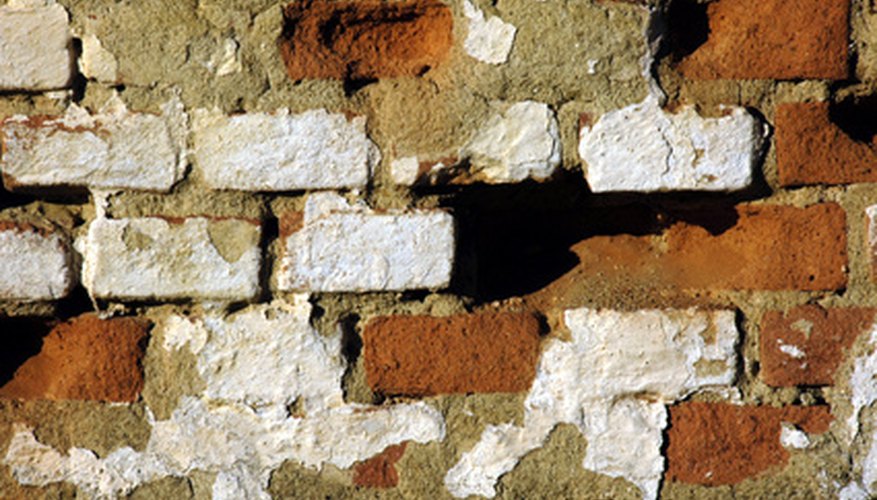Although bees are essential for the pollination of plants, they can become a hazard when they decide to form colonies in populated areas. Bees are capable of entering holes as small as 120mm (3/16 inches) in diameter. Brick walls with openings or broken bricks provide adequate shelter for bee colonies.
- Although bees are essential for the pollination of plants, they can become a hazard when they decide to form colonies in populated areas.
Locate the nesting location of the bees by watching their comings and goings. Try to determine the type of bee present.
Call a local beekeeper if the bees are honey bees. They might be interested in saving and removing the colony for you. If they are not interested, proceed with elimination of the colony.
Wait until either sunrise or sunset and when the temperature drops below 10 degrees C (50 degrees F). During these times of the day, all of the bees will be in the nest. The cool temperature causes the bees to be less active.
Wear ample clothing to cover and protect any bare skin. Be sure to wear gloves and a mask to protect your face.
- Wait until either sunrise or sunset and when the temperature drops below 10 degrees C (50 degrees F).
- Be sure to wear gloves and a mask to protect your face.
Tell all children and pets to stay inside until removal is complete. Establish an escape route for yourself in case quick retreat becomes necessary.
Spray the nest with an insecticide containing pyrethrins. Make sure to spray the entire comb surface area.
Leave the nest alone for 30 minutes to give the insecticide ample time to work. Remove the dead bees as well as all honey and wax (if they were honey bees) so the site will not attract other insects.
TIP
Prevent colonies of bees and other insects from inhabiting brick work by repairing and replacing broken bricks or by applying caulking between gaps.
